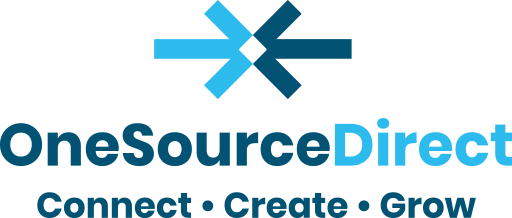When you’re a small business selling products or services, you want to set prices that achieve a positive result. But, strategic pricing isn’t just about lowering prices. Consumer perceptions also play a significant role.
Whilst one consumer may perceive a company as “upscale” based on its assumption that its prices are high, another consumer may perceive a company such as a discount retailer whose prices are perceived as “cheap” as being inferior. For any business, it’s not always easy to manage your customers’ perception of price vs value.
Over the years, J.C. Penney customers had become so used to sales that they no longer believed they were getting a good deal.
According to a new study in the Journal of Consumer Research, “Consumers rarely have complete information and use various strategies to fill the gaps in their knowledge as they consider and choose products. For example, consumers may believe that popular products are high in quality while also believing that scarce products are high in quality.” -Steven S. Posavac (Vanderbilt University).
Whilst research findings suggest that raising the price correlates to increased value the focus can’t solely rely on that quantification. Moreso, it’s about combining value and convenience so that consumers feel they’re getting their money’s worth.
What small businesses need to know about meeting customers perceptions
As a small business owner, you already have a lot to manage, including marketing. However, without all of the choices of paid optimization additions and regular posting time slot caveats, you can actually do a lot with the basics of what you already have.
Scott LeBeau, founder, and CEO of One Source Direct added that people are looking to solve a problem, but the “solutions come in all different shades of green. If your product or service fulfills exactly what a customer needs, you will attract customers. However, your products and services can’t speak for themselves, especially when you’re a small business owner or a freelancer. You need a little help, and that’s where One Source Direct comes in.”
How to develop your small business movement vs a business marketing strategy
The first step to develop your small business movement is to think about what your audience needs are by asking yourself the simple question, “what is my audience looking for, and do I have what they need”? – Scott LeBeau, One Source Direct
Without a doubt, if you want customers, you need marketing, but there’s a common phenomenon that how and where you find your target audience always seemingly overlaps with your competitors, and it goes something like this:
- If your competitors are marketing but you aren’t, your competitors will get all the business instead of you.
- If your competitors are spending huge amounts on their Ads budget but you aren’t, your competitors will get all the business instead of you.
- If your competitors are Search engine optimizing their content but you aren’t, your competitors will get all the business instead of you.
- If your competitors are daily and hourly social media posting, but you aren’t, your competitors will get all the business instead of you.
Apparently, without all this strategic marketing, you’re reliant on hard-selling, or, are you?
In the same realm that the perception of highly-priced products equates to higher quality, the more time you spend on marketing activities across multi-levels of marketing channels and techniques doesn’t always equate to a higher return on your time and money investment.
Particularly for small businesses, if your competitors are larger budgeted enterprises or a larger budgeted wallet in any way, your efforts will be swallowed in entirety no matter how much you do, or for how long you do it, you will always be stuck in the marketing strategy rat race.
To ignite your small business movement, here are 3 immediate takeaways that any small business owner can tangibly apply in any industry.
1) Mutal language
Be inclusive. Think creatively about all the stakeholders who might benefit from the cause or position your company is advancing. Then, address their needs clearly and make it easy for them to support you. By clearly communicating these benefits, the company invites a diverse group of supporters to be part of your movement.
2) Educate and Empower Customers to become your collaborators
While your most loyal customers may be convinced your business cause is important, they may not always know exactly why, or how they can become collaborators. For your customer to align with your movement is not just about being altruistic, it’s about having a more liberal approach to your business movement profile.
When your customers feel like they’re part of something great, they make great evangelists and they are more likely to share your company story with their networks.
3) Engage with your customers, not with a platform
Marketing channels are the traditional ways that we’ve been reaching our target audiences, however, not all channels are created equally and each channel requires its own specific set of marketing optimizations that you need to conform to. Rather, your business movement profile includes moving into a space to receive a pass from other small business owners who champion you, rather than being your opponent.By creating your own space, you’re leveling the playing field for your customers to play ball.
Marketing is a very wide playing field that many established businesses have a whole department for, but that’s not a luxury small businesses always have. Use the tips in this guide for your small businesses to start heading in the right direction.
Designing simple solutions to meet the marketing command of such extreme B2B lead generation settings has led to game-changing innovation and One Source Direct holds the key to future technological breakthroughs.
Start today, sign up for your free 7-day trial and receive an *exclusive offer.
*First 2,500 registrants







